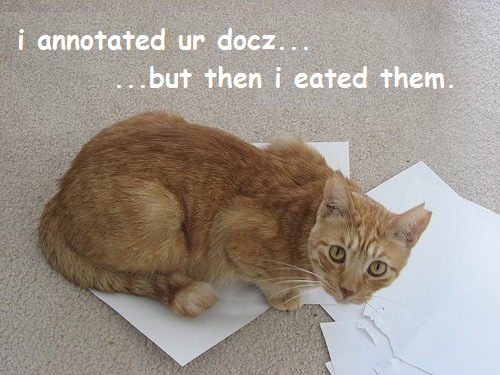Fire & Ice… Day & Night…
This question, Art vs. Science, has come up a million times in software development circles. Reading Paul Johnson’s (Paul’s Pontifications) blog post, in conjunction with a discussion in the Tech Mill at Edgewater, (thanks, Jason!) I have come to see that art and science are not as opposite as I once viewed them to be.
What hit me was that Paul makes the statement that there’s no process to implementing software. I still disagree. There are many processes.
The number of processes that an implementer can choose from to write his/her code is often vast, and depends on the problem set. A problem set includes many things, including requirements, tools, target platform, development platform, existing code, and even the implementer’s mood and frame of mind. That is what makes implementing code, like painting, or creating a recipe, an art.
Within a common implementation problem set, there can be a large number of processes which can be applied to derive valid solutions. In fact, there are so many, that some distinct processes may actually render the very same code. So, to be more clear, it’s not that there’s no process… it’s that there’s no single valid process.
Knowing that there’s no one single valid process doesn’t mean that we can’t pick a needle from the haystack… if the process produces a solution within the problem set, it’s good.
Now consider what happens when you start to narrow a problem set. There’s lots of things you can do. Frameworks, platforms, clear-specific requirements, best practices, coding standards, well structured architectures… these things are all factors that limit the problem set. By narrowing a problem set, you narrow the number of valid processes. By narrowing the number of valid processes that a developer can choose from, lots of interesting things start to happen. You achieve more predictable results, and are more likely to achieve repeatable schedules… and you reduce overall project risk.
This is what’s so interesting about contemporary trends in software development, such as Ruby on Rails… use of these tools narrows problem sets that developers face. This means the implementer can spend less time figuring out where the blanks are, and more time filling them.
Now let’s take this further. What happens when you reduce the problem set dramatically…? Take a single, relatively well known problem, on a very specific platform, using a very small set of unambiguous expressions. You get a very tightly defined process. By doing this, you wring the art out of creating something, to the point where it becomes machinable. The process becomes realized as a factory.
So to answer the question… Art or Science?
It’s a trick question… art and science are not exclusive opposites. Art is about freedom to choose your creative process. Science is about knowing what processes are available, and the pros and cons of each. So programming, like all creative activities, is usually art (except in single-processed cases), and usually science (except in cases of serendipity and true miracles).
Paul’s Pontifications: An Under-Appreciated Fact: We Don’t Know How We Program
